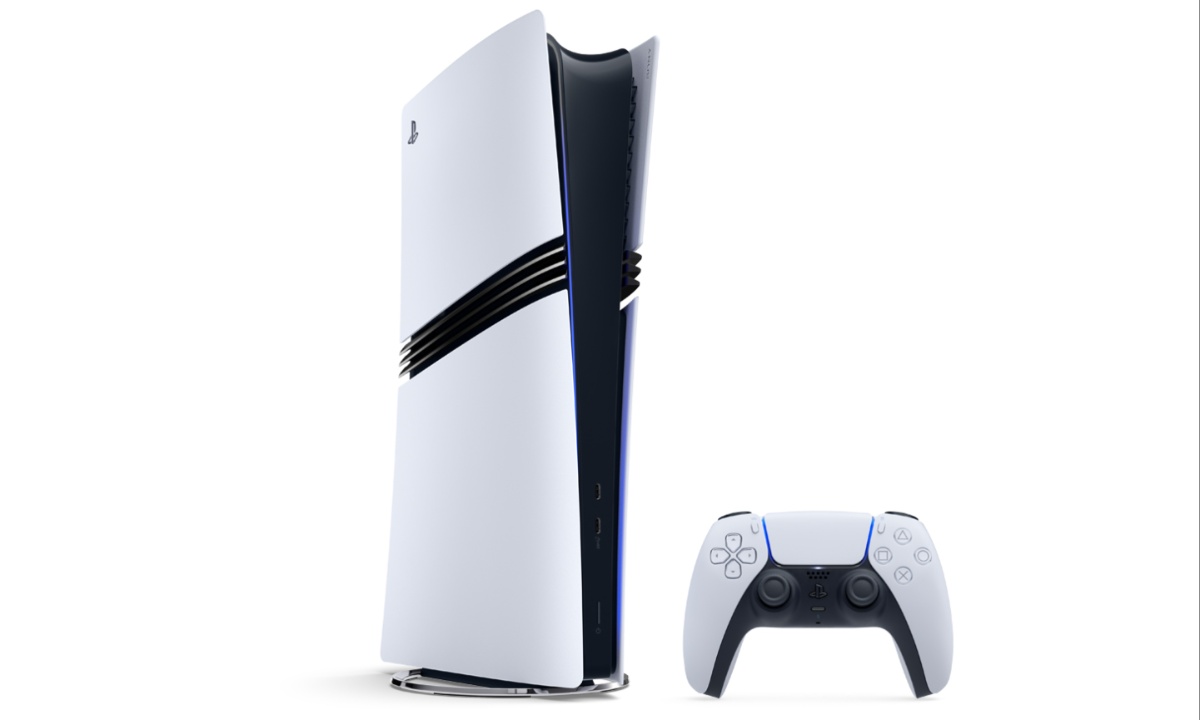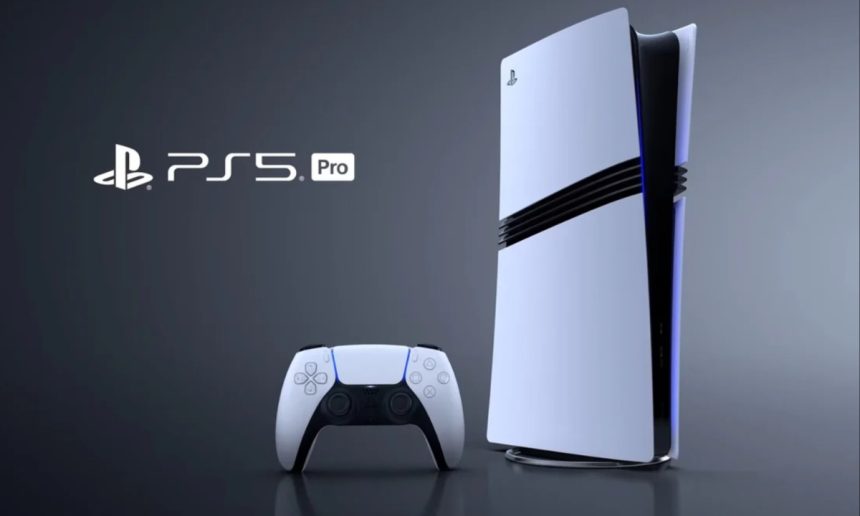The PS5 Pro, initially described as a console meant to eliminate the need to choose between fidelity and performance modes, seems to be maintaining a dual-mode approach in many games, according to recent statements.
Sony’s lead architect, Mark Cerny, had positioned the expensive upgrade as a way to combine the best of both worlds, but new details suggest that games will continue offering separate modes for performance and visual quality, albeit with improved specs compared to the base PS5.
In a recent PlayStation Blog post, 14 major game developers, including Sony-owned and third-party studios, shared insights about how the PS5 Pro will enhance their games.
Remedy Entertainment highlighted that Alan Wake 2 will benefit from enhanced ray tracing, improving the game’s mood and environmental storytelling. Similarly, Ubisoft’s Assassin’s Creed Shadows will feature enhanced ray-traced global illumination and improved photorealism on the PS5 Pro.

Other developers emphasized the performance gains. Capcom, for instance, shared that Resident Evil Village will support 120 FPS on the PS5 Pro, increasing the realism and intensity of its characters and action scenes. Similarly, Resident Evil 4 Remake will offer a higher framerate and improved visual effects.
BioWare’s Dragon Age: The Veilguard will benefit from new AI-based upscaling technology and Raytraced Ambient Occlusion, offering improvements even in performance mode.
Despite these improvements, many games will continue offering both fidelity and performance modes, with enhanced frame rates and resolutions. Games like Dragon Age: The Veilguard, Alan Wake 2, and Star Wars Jedi: Survivor will still have these options, while Final Fantasy 7 Rebirth introduces a new “Enhanced” mode exclusive to the PS5 Pro, balancing 60 FPS with high-resolution graphics.
Insomniac’s lineup, including Spider-Man titles and Ratchet & Clank, will also offer a new “Performance Pro” mode, combining 4K resolution, ray tracing, and 60 FPS.
While the PS5 Pro brings significant visual and performance upgrades, it doesn’t fully deliver on the promise of eliminating the need for separate fidelity and performance modes.
Many games will still have these two options, though with higher quality across the board. This might raise questions about whether the $700 price tag justifies the upgrade, especially since the original goal of streamlining the experience seems less definitive than previously claimed by Sony.






